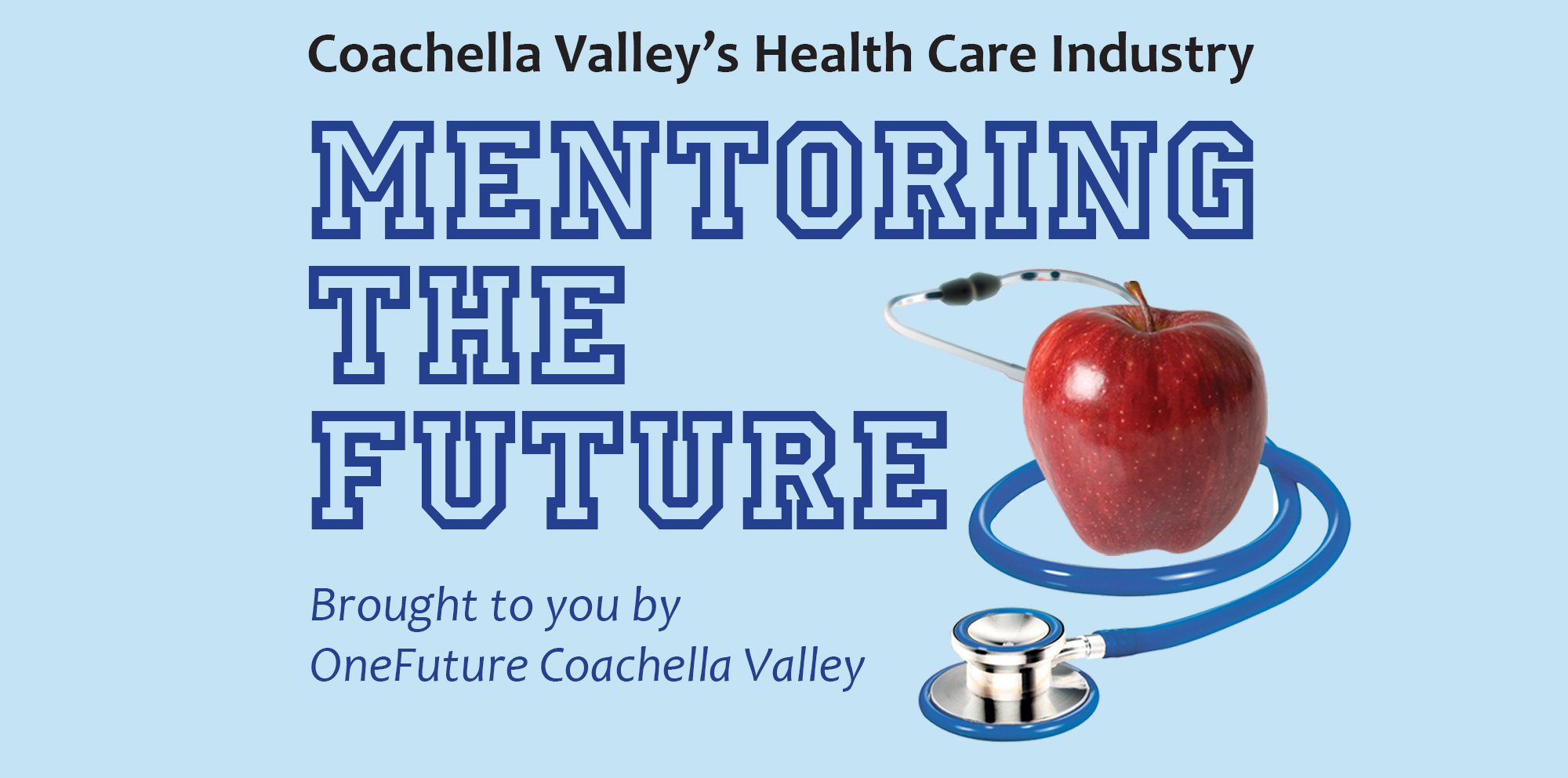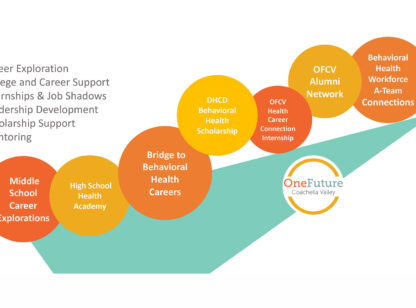Is there a mental health crisis developing in America, or just a popular topic in the media? National Institute on Mental Health (NIMH) 2017 statistics document a nearly 13% rate of depression affliction in teenagers, and nearly 7% in adults; hardly an epidemic, but concerning, nonetheless.
Every day, we all are faced with issues that challenge our ability to cope with regular activities of daily living. When our minds become fatigued, we need help.
While the rich and famous afflicted with mental health complications often make the news, we must also be aware that many of our youth also suffer. What happens when students experience mental health issues? The American Psychology Association (APA) confirms that 90% of those that commit suicide show common signs of withdrawal, hopelessness and depression leading up to the act. That’s the good news, since we can do something about it. The bad news? People don’t always intervene.
But has there been an increase in mental health issues? According to the National Alliance on Mental Illness, 20% of youth live with a mental health condition, and suicide is the third leading cause of death among 10- to 14-year-olds. Additionally, 37% of students with a mental health illness drop out of high school, while 70% of youth in juvenile justice systems have a mental illness. The numbers cross all racial, cultural and economic boundaries.
A 2017 study from the APA identifies financial problems as the second leading source of stress in the U.S. with 40 million Americans suffering from anxiety, which is often triggered by financial troubles (NIMH). From finances, anxiety, depression, relationship hurdles, personality conflicts, and social media bullies, the chances of the average American experiencing some level of mental health instability is ever-present. In the educational system, schools must remain vigilant about signs, while having a pathway to help for those who present with mental health affliction.
The key to hitting the problem head-on: more assertive models for managing mental health. Coachella Valley High School in partnership with OneFuture Coachella Valley has teamed up to provide Mental Health First-Aid Certification as a pilot project for teachers and later students. This program provides formal training for participants to be able to assist someone experiencing a mental health or substance abuse crisis. With the seemingly regular occurrence of violence and suicide signs, teachers and students must partner to first prevent, and then to respond to, a mental health crisis.
Students are often the first ones to hear about the student that was depressed, aggressive, or questionably violent, and teachers often spend more time with youth than any older person. Arming students and teachers with the tools to manage a mental health crisis could mitigate the crisis, resulting in help for the afflicted.
From lessons past, we all must remember, our mind matters, and we will see one another through.
Simon Moore is a teacher at Coachella Valley High School and the CVHS Health Academy Lead. For more information about Mental Health First-Aid, visit Mentalhealthfirstaid.org. For more information on OneFuture, visit onefuturecv.org.


















































Comments (0)